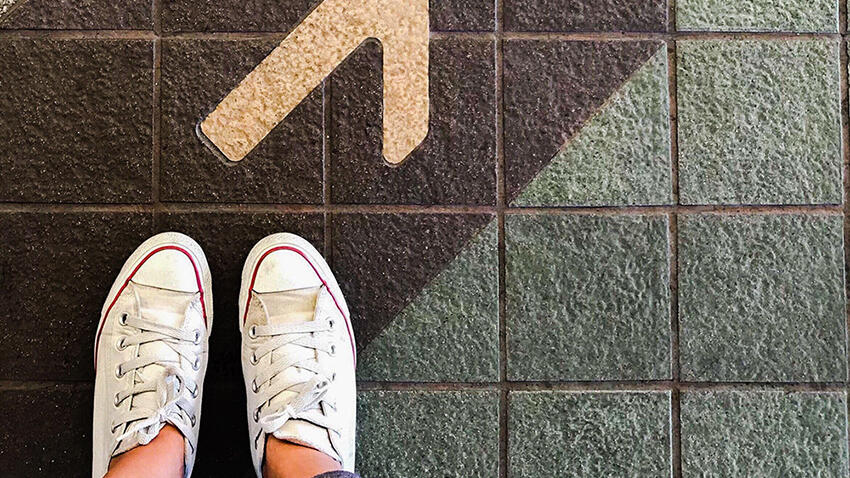A guide to 5 school assessment types and their key purposes
As a parent, it’s highly likely that you’ve come across various terminology for the types of tests your child sits at school – especially summative assessment. While you may have heard the terms, perhaps you’re not quite sure what they mean.
If you’re a teacher, you’re probably already familiar with the terms, but you may be interested to understand how they intersect – and how you can use them to build a more complete picture of a student’s progress or the success of a learning program.
However, there are some terms which are commonly used in schools, media and education policy. For instance, summative and formative are a pair of terms used to describe contrasting approaches to assessment. But when it comes to choosing an assessment type, there are no right or wrong answers. It’s all about what you want to measure.
Understanding the 5 assessment types
1. Summative assessment (knowing what you know)
At the other end of the learning experience, a summative assessment identifies where the student got to after they were taught something. This can also help us understand where the gaps in a program might be, or where a student may need extra help in the future. An example of a summative schools assessment in Australian schools is NAPLAN Online, or the VALID science exam in NSW. Smaller, class-level summative assessments include an end-of-term test.
2. Formative assessment (knowing what you don’t know)
Unlike summative assessment, the focus of formative assessment is finding out about how a student is learning before or during a program of study. This approach helps educators shape their teaching to evolve a student’s knowledge and skills. Formative assessment is a broad strategy using multiple ways of gathering data about students but can include impromptu quizzes, student self-assessment or other types of assessment like diagnostic tests such as ACARA’s Spindle project.
3. Diagnostic assessment (knowing if there’s a gap)
A diagnostic assessment is designed to find issues or weaknesses, to plug gaps or rethink educational approaches. It can be targeted at an individual student or you can put a diagnostic lens over an entire program of study, depending on what you need to find out. An example of a recent diagnostic assessment in NSW schools was the NSW Department of Education’s Best Start Year 7, which sought to pinpoint any learning gaps as a result of disruption to schooling due to COVID-19 lockdowns.
4. Benchmarking assessment (knowing how you compare)
Benchmarking assessments can measure a student’s performance against a ‘set point’, say, a national standard, or over a particular time period. Benchmarking assessment takes a broad view that allows you to see trends or movements. You may be able to judge if a student has fallen behind – and that can in turn, inform a more diagnostic assessment. Reach Assessments is an example of a voluntary benchmarking assessment.
5. Continual assessment (knowing how you’re tracking)
This is perhaps one of the most under-valued types of assessment. It can be formal or informal, based on the day-to-day experience of a teacher observing their student, for instance. Continual assessments let you observe and record learning as it happens. This can be really useful when it comes to diagnosing weak points – or opportunities for extension – in the educational journey.
Advertisement
World class school assessments and academic competitions driving student success.
ICAS Assessments is dedicated to equipping teachers and parents with powerful insights to improve learning and reward academic excellence. Our assessments include ICAS, Reach and Scout. Learn more.
A sidenote…
The boundaries between assessment types can blur; there is often overlap – and they can be more than one type simultaneously. For example, it is correct to say that HSC course work assessment is continuous (happens regularly), formative (the teacher uses it to guide the student to improve their work) as well as summative (it goes toward the student’s final grade).
Why use different assessment types?
According to Nick Connolly, head of analysis and reporting at ICAS Assessments, it’s important for educators to have a range of tools at their disposal. “There are in fact, lots of ways of classifying assessments. Terms like formative and summative, they’re very much about what you want the data for,” he said
A formative assessment that focuses on what an individual student doesn’t know may help diagnose and remedy their particular learning gaps, for instance. A summative assessment that takes a broader view, may be useful for diagnosing particular problems at a whole year level.
Tailoring assessments to outcomes
Assessments that are formative, summative or diagnostic may be formatted in different ways. It depends on the questions you’re trying to answer – and what is being taught. A student of drama will likely be set a performance-based assessment, as opposed to say, a multiple-choice quiz. To see how a student can connect their learning, or to observe their confidence with maths as opposed to literacy, for instance, educators might design a test with scenario-based questions, such as PISA for Schools.
“Scenario-based tests can assess a range of learning criteria, including numeracy, literacy, science literacy, but all done in context,” says Nick. “So, if you’re asked a maths question, it might be about designing a football field. You’re asking the student to imagine a whole situation – and it’s not something you can find in a textbook.”
Any of these approaches may be used as a formative, summative or even benchmarking assessment. The test creators will think about the information they want to learn and design tasks accordingly.
Are some assessment types better than others?
There’s no one perfect way to assess a student’s progress. Schools often use a blend of types in order to achieve educational outcomes.
As Nick puts it: “Is a telescope better than a microscope? It depends on the type of questions you’re asking of the data.”
Some tests can do a great job of “zooming in” to a very granular level – others zoom out to see how a student is faring overall. The more options you have for exploring how students are learning, the better you can shape their experience in the future.
“The bottom line is that humans are complex and multi-dimensional,” he says. “Any one assessment is only one line of measurement – it’s not enough to cover everything people do.”
No matter the type of assessment you’re delivering, efficiency, accuracy and dependability is key. Find out more about how online assessments help teachers and students in K-12 schools.
About the author
Elizabeth Bentley
Senior Copywriter
You might also like
Want to learn more about our tailored solutions?
Chat to one of our assessment or learning consultants today.
or call us on 1300 857 687 (Australia) or +61 2 6652 9850 (International)




